Rufous-necked Hornbill, Red-headed Trogon, Long-tailed Broadbill, Sultan Tit, Green Magpie, Maroon Oriole… there were 8 targeted species in my mind when I started my journey to Latpanchar of West Bengal. The plan was to visit Mahananda Wildlife Sanctuary and Singalila; but unfortunately I had to skip Singhalila because of the unexpected weather change.
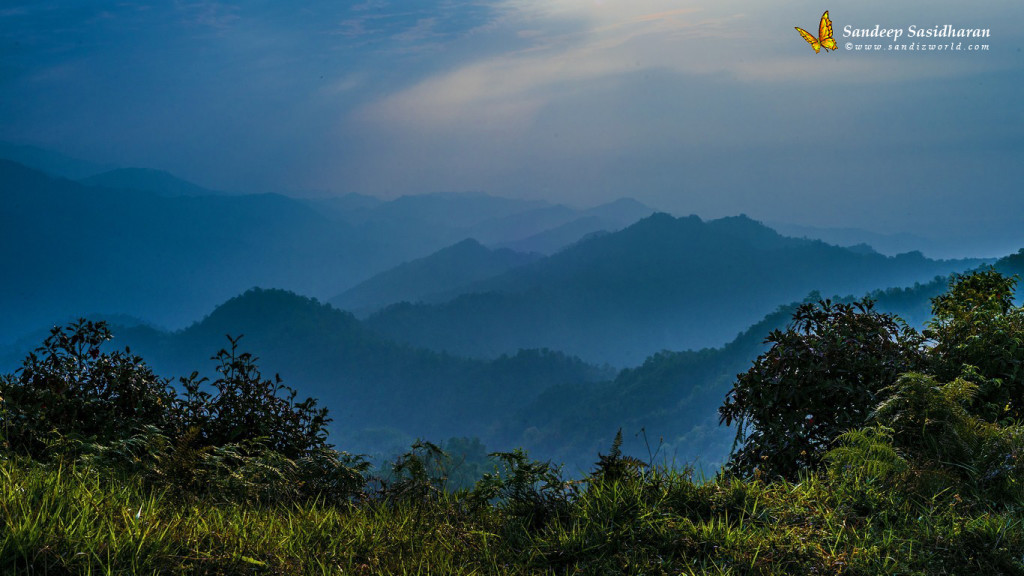
My flight from Bangalore got delayed about an hour and I just missed my train form Kolkata and so I had to catch a bus from Kolkata to Siliguri. It was the worst journey I ever had in my entire life. The road condition was pathetic and I was literally bouncing inside the bus though it was a sleeper coach. There was another 2 hour journey again from Siliguri to Latpanchar which was my destination. When I reached there, it was around 12.00 and I had already missed the morning session. I was so tired and drained without proper sleep; in fact I couldn’t even sleep for one minute in the bus.
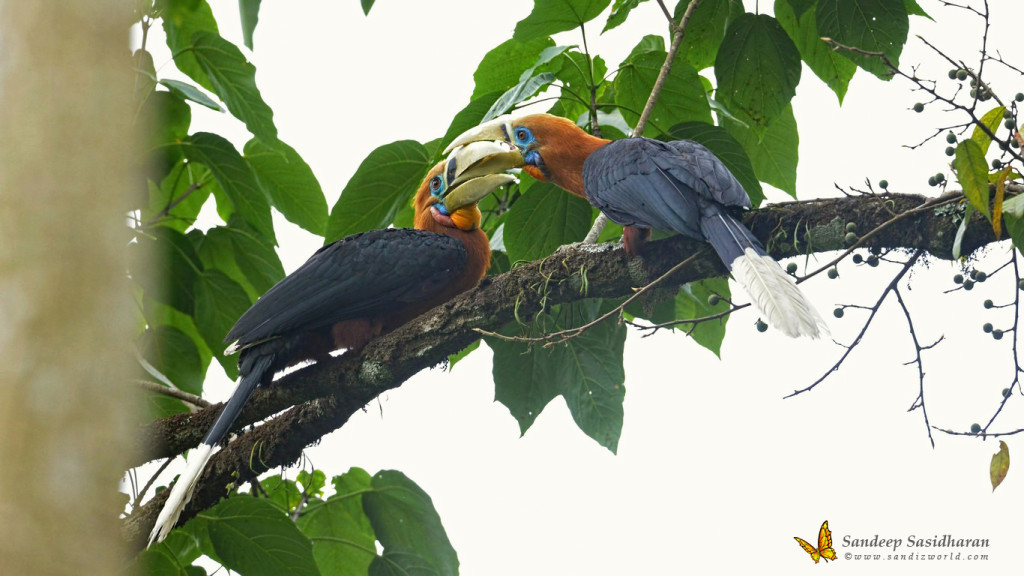
But after a refresh I went to check the Rufous-necked Hornbill nest which was nearby; but the jungle trail was too tough. I trekked around 5 km in two different place. At last, I was happy to see the nesting of the hornbill. The female bird was inside the nest and it was peeping some times through the hole. Beautiful… I was standing around 50 meters away from the nest and there were lot of trees in between us. I could manage to take few snaps handheld 🙂 It was impossible to go closer; but I felt good because nobody can disturb those beauties…
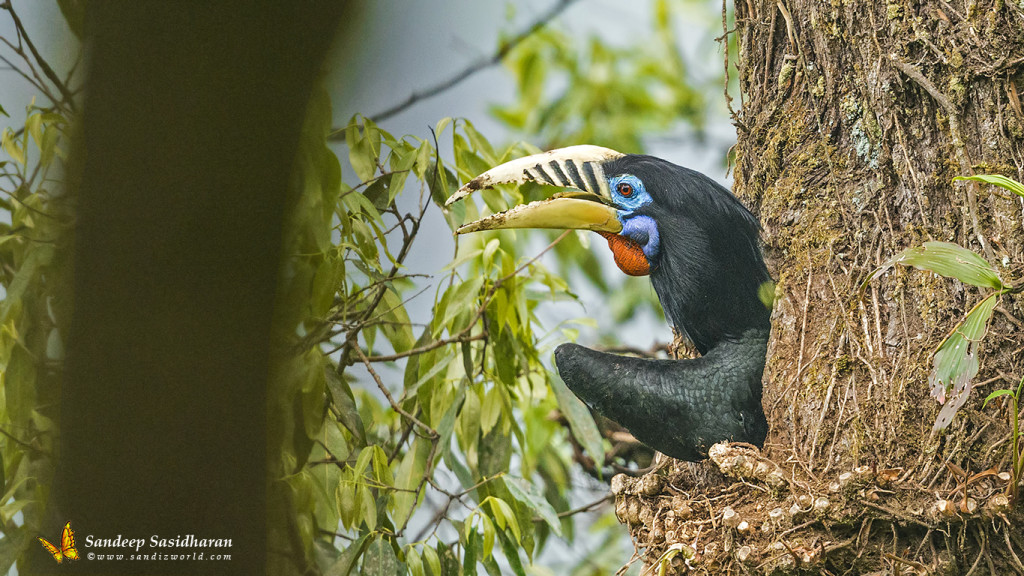
What a lucky person I am, just one month back I have seen the Great Hornbill feeding in Valparai; now it is Rufous-necked Hornbill 🙂 . Both are rare and incredibly beautiful…
After lunch I went to another place called nursery for Long-tailed Broadbill. I could spot it within an hour- A velvety green beauty. In fact I was seeing it for the first time in natural habitat, I didn’t get a clean shot as it was in backlight and this is the best I got…
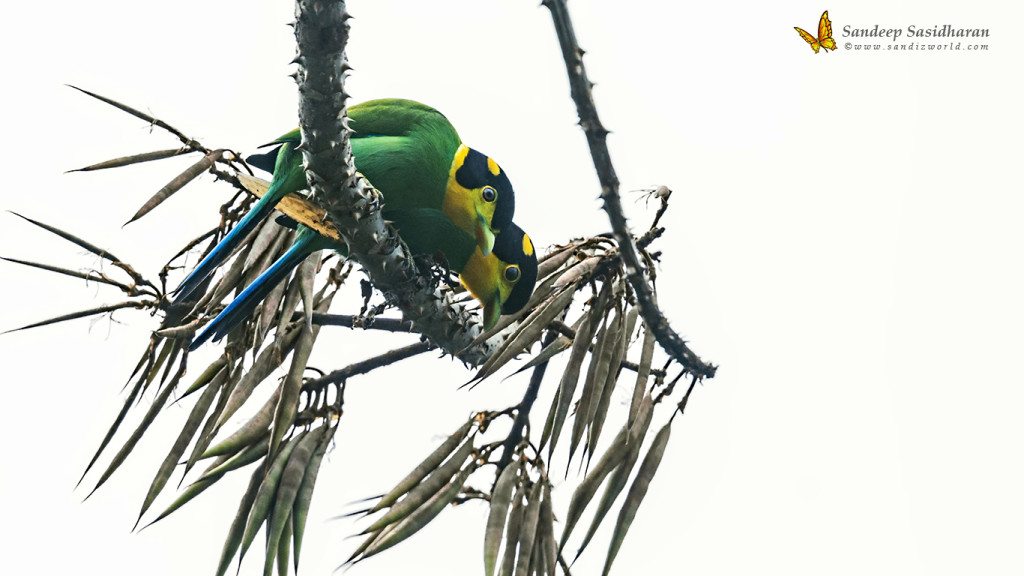
The first day was really exciting; I could find 2 of my targeted species – that just made my day. After the evening session I was so tired and I slept badly after early dinner.
The place I have stayed in Latpanchar was a beautiful area surrounded by hills and valleys. At 4000ft above sea level, Latpanchar was the highest place in Mahananda Wildlife Sanctuary. The mighty Kanjanjunga peak was visible from this place. I was expecting a shot; but because of the bad weather I couldn’t even see that properly.
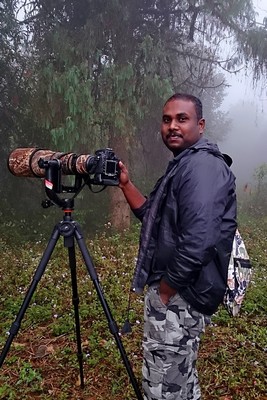 Like every time, I was bit worried about the weather; I had already dropped the plan to go to Singalila because of bad weather. In Latpanchar it was raining for the past couple of days. Also there wasn’t electricity when I checked in; but luckily the power came back in the evening. Otherwise it would have been a problem for me to charge the batteries. Since it was a remote area the facilities were very minimal there.
Like every time, I was bit worried about the weather; I had already dropped the plan to go to Singalila because of bad weather. In Latpanchar it was raining for the past couple of days. Also there wasn’t electricity when I checked in; but luckily the power came back in the evening. Otherwise it would have been a problem for me to charge the batteries. Since it was a remote area the facilities were very minimal there.
I was planning to go to Mahananda next day, which was around 5 km away from the place where I stayed. It was raining in the night and morning was too misty and I couldn’t start early to the sanctuary. Mahananda was a wonderful habitat of birds located at the foothills of Himalayas. The Sanctuary name Mahananda comes from the River Mahananda. It varies mainly from riverine forests to dense mixed-wet forest due to the difference altitude. Though the sanctuary was about 158 sq. kms, the birding area which I visited was very small but very rich in avian density.
When I reached there, the bird activity was really dull because of the rain yesterday and there wasn’t enough sunlight even after 10 in the morning. The forest was really beautiful and the mist made it more attractive. We tried few jungle trials; but couldn’t find anything special; After an hour the sun has come out and the bird activity started increasing slowly; within 30 mins the activity reached at the peak. We found few special species like Streaked Spiderhunter, Maroon Oriole, Silver-eared Mesia etc. and at last we could able to spot the beautiful Sultan Tit – another targeted species.
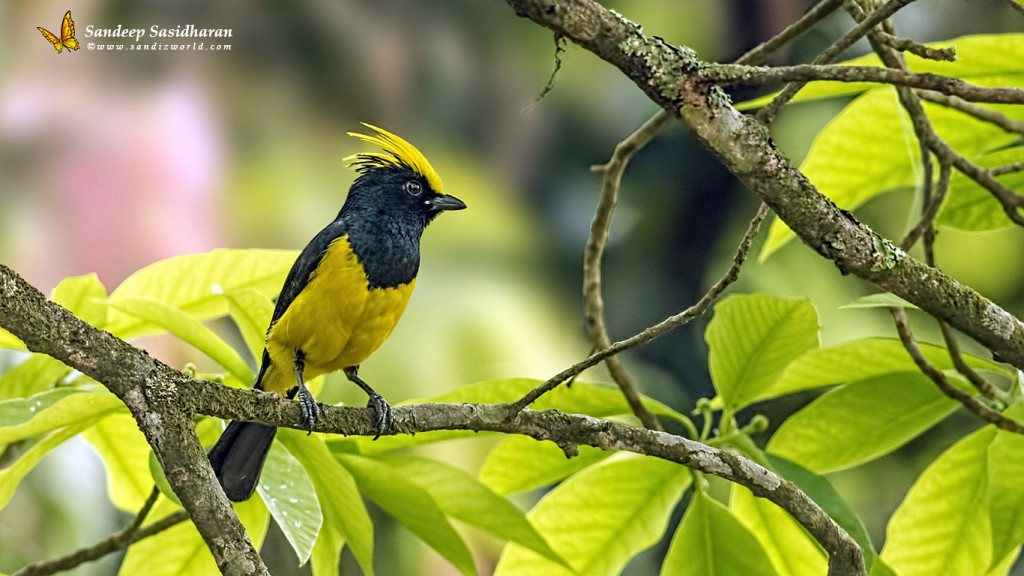
The next day we went to another place to track the Green Magpie; but unfortunately I couldn’t get a shot of that. It was difficult to find and track it as habitat of this bird was bit different. The area was full of bamboos and thick vegetation. I got some common species from there like Yellow-napped Woodpecker and Green-backed Tit. After roaming around an hour, for my luck I found Rufous-chinned Schimitter Babbler, another rare bird to photograph.
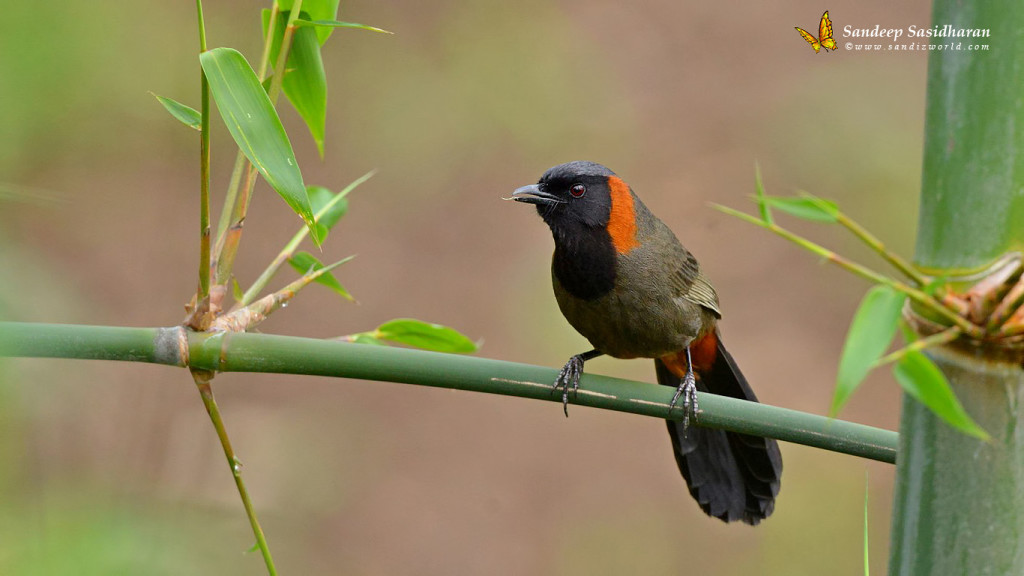
For Rufous-necked Laughtingthrush we went to a nearby village next day; seems like it was a common bird there. I was really surprised with the hospitality of the villagers. As they came to know that I am coming from long distance to photograph the birds, they helped me to find them and OMG, even they served me with tea and snacks. I was walking through their home courtyards and gardens; do you think it is possible in big cities? I feel like sometimes the education makes people narrow minded 🙂
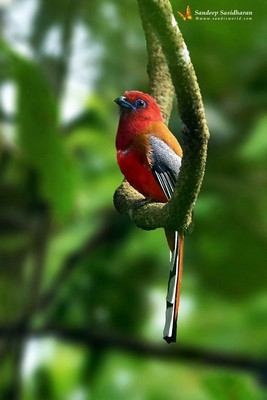
The biggest surprise happened in Mahananda that evening – The Red-headed Trogon, a must photograph bird in my opinion. Though it was in my targeted list, I didn’t have any expectation that I could find one. I loved the way my guide tracked it. When he identified the bird call, he said to go to its trail via another way for that we walked around half a kilometer and after waiting about an hour I could able to spot it. The bird is so beautiful with shiny redhead and velvety body. When we spot it, I guess it was around 30 meters far at least, inside the bushes, without proper light and I got only one shot in ISO 5000 that too handheld. But I was really happy though it wasn’t a perfect catch. After, I got Large Niltava and Barred Cuckoo Dove; more than enough for the day 🙂
Last day I could see another cutie, the Himalayan Cutia from Mahananda which was totally unexpected. The forest guard who was working there for the past 4 years has seen this beauty only couple of times. So, at the end I got about 30 species out of which 23 were new to me and out of that 8 were threatened . And, I was happy to get 5 of the targeted species out of 8. This is the list of new species I got from Mahananda.
Rufous-necked Hornbill
Red-headed Trogon
Long-tailed Broadbill
Himalayan Cutia
Rufous-necked Laughingthrush
Sultan Tit
Rufous-chinned Schimitter Babbler
Grey-throated Babbler
Black-chinned Yuhina
Whiskered Yuhina
Streaked Spiderhunter
Large Niltava
Rufous-bellied Niltava
Fire-breasted Flowerpecker
Rufous-tailed Flycatcher
Pale Blue Flycatcher
Barred Cuckoo Dove
Spangled Drongo
Chestnut-bellied Nuthatch Male
Chestnut-bellied Nuthatch Female
Yellow-napped Woodpecker
Silver-eared Mesia
Grey-chinned Minivet
Common Chiffchaff
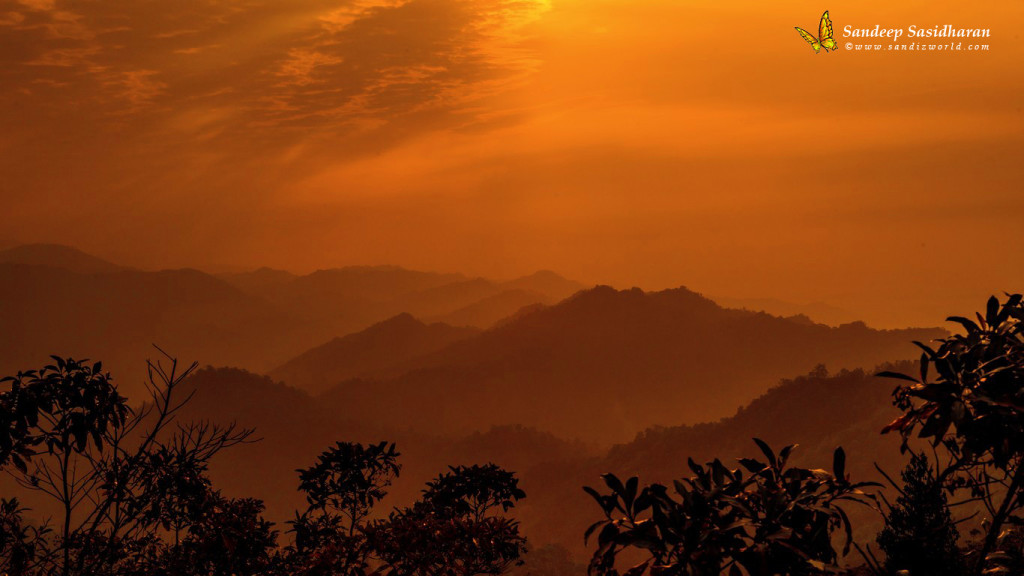
The shots which I got, weren’t perfect in all aspects but I could photograph at least 8 threatened species from here. This is more than enough for me to remember this trip for lifetime 🙂
Please find the snaps from this trip, Here
Fabulous, what a weblog it is! This weblog presents valuable facts to us, keep it up.
Wonderful photographs -bookmarked
I love reading through an article that will make people think. Also, thanks for permitting me to comment!
Thanks for your personal marvelous posting! I actually enjoyed reading it, you will be a great author.
Wonderful narration; Hats off Sandeep! You are one of those who chase down your passion. I wish I could wander like you admiring mother nature. What a life it would be! You are really lucky…